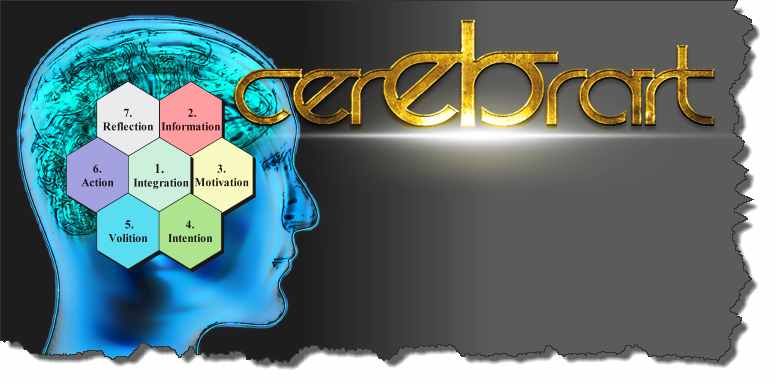Feb 23, 2013
CEREBRART - REFLECTING THE ACTIONS
Feb 20, 2013
Feb 3, 2013
CEREBRART - My February Tribute to Boris Pasternak
Boris Pasternak (born on 10 February 1890 and died of lung cancer on 30 May 1960 filled with pain and suffering) is widely regarded as the greatest of the Russian philosophical lyric poets. During my school years I was deeply influenced and inspired by his poetic world laden with profound and complex imagery and I have even attempted to create a portrait of Boris Pasternak on the glass plate.
This CEREBRART work attempts to illustrate some of his philosophical thoughts. An approximate translation of just one great excerpt would sound like:
…But older age is Rome, demanding
From actors not a gaudy blend
Of props and reading, but in earnest
A tragedy, with tragic end.
A slave is sent to the arena
When feeling has produced a line.
Then breathing soil and fate take over
And art has done and must resign.
Feb 1, 2013
CEREBRART - Nucleus Accumbens
The nucleus accumbens (there are two symmetrical nuclei accumbentes in the human brain) which has been described as an interface between limbic and motor brain systems is the "pleasure center" of the brain selectively activated during the perception of pleasant, emotionally arousing pictures (like this one) and during mental imagery of nice people, laughter and pleasant, emotional scenes. Through still poorly understood mechanisms dopaminergic input from the ventral tegmental area regulates the activity of neurons within the nucleus accumbens. The output neurons of the nucleus accumbens send axon projections to the ventral pallidum which, in turn, projects to the thalamus, which projects to the brain cortex. This CEREBRART work illustrates the neural basis of pleasure and perhaps the visitors of my CEREBRART blog will have the additional pleasure of enjoying this picture and activating their own nuclei accumbentes.
Subscribe to:
Posts (Atom)






